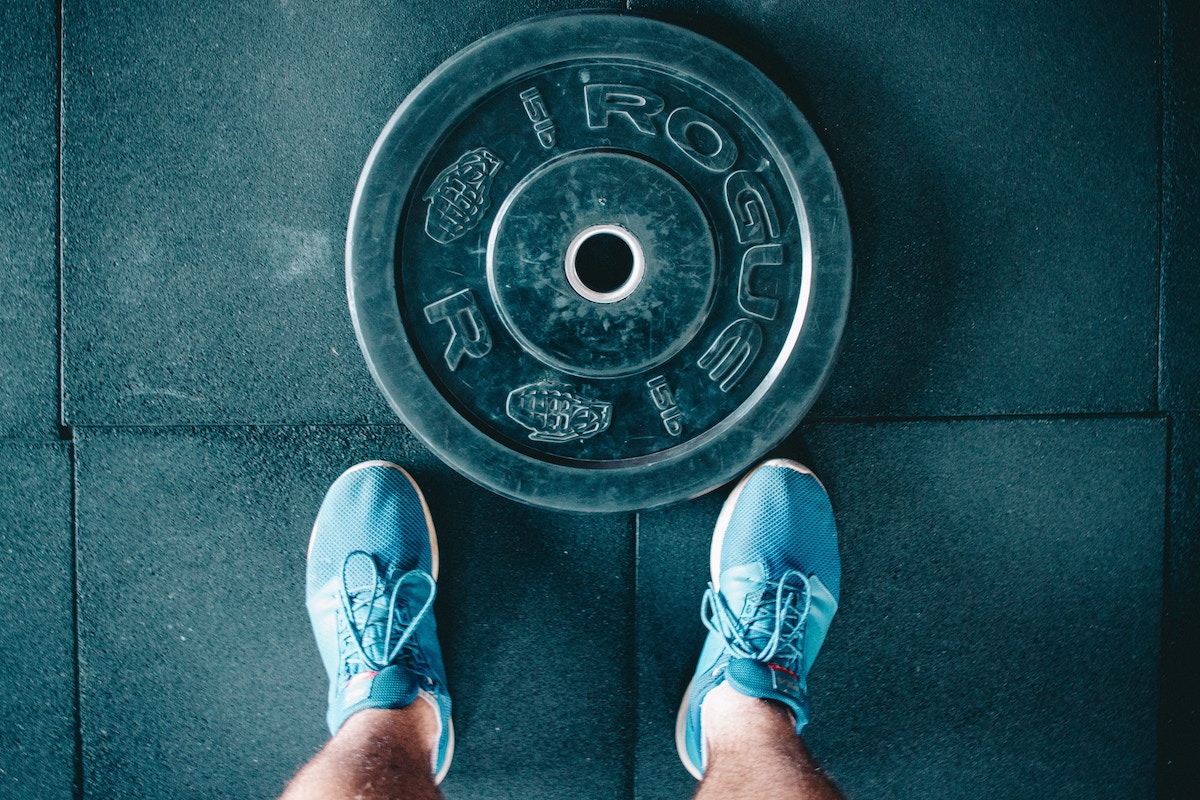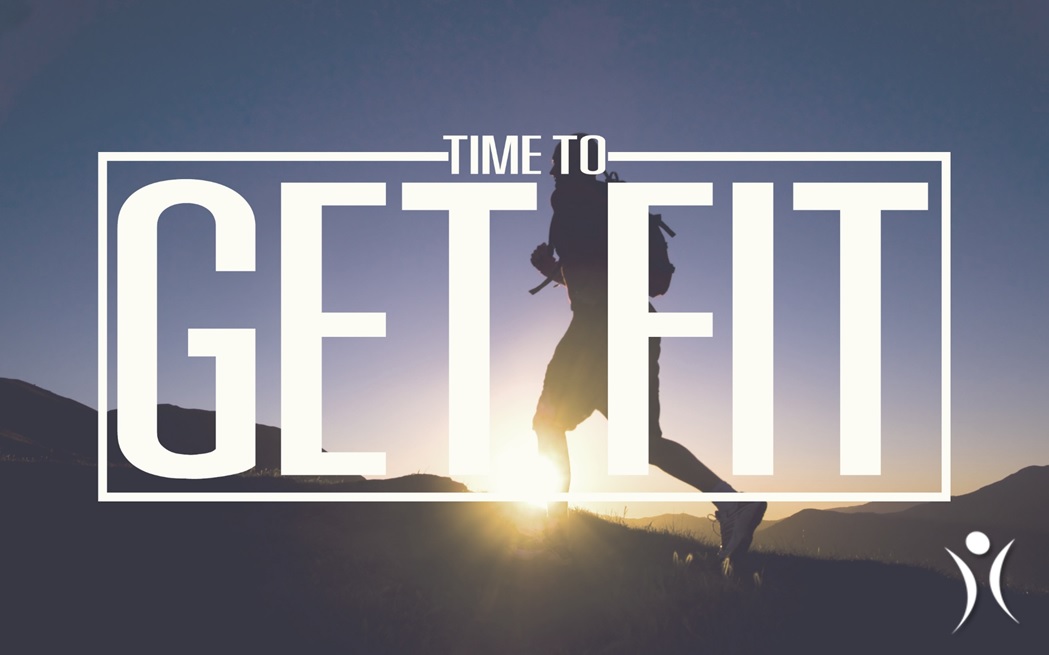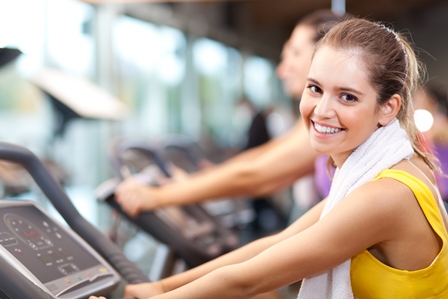By: Kayla Adams
帶氧運動與槓鈴,哪個能助你達致最佳效果?我們將會比較帶氧運動與槓鈴對減重的作用,讓你找出合適你獨特的身體及個人目標之最佳方式。
帶氧運動
不單是運動員或跑步選手需要進行帶氧運動來維持最佳體態,我們也同樣需要!帶氧運動或心肺運動具有多種健康好處,當中包括:
- 控制食慾
- 改善睡眠
- 消耗卡路里
- 強健心臟及肌肉
- 改善情緒
- …及增強體力及耐力
此外,即使你沒有時間到健康室,你仍可很容易每天抽30分鐘進行!或許你會和我一樣,討厭跑步,但也沒所謂!你還有其他選擇:午後散步、播放你喜愛的音樂,隨著節拍熱烈起舞、跳繩或游泳!
重力訓練
重力訓練看似是截然不同的運動,但與帶氧運動相比,也是不遑多讓。它亦具有莫大的好處,如:
- 更好的身體機能
- 提升能量水平
- 心血管好處
- …及增加瘦肌肉組織
如你可到健身室,使用重力訓練器械來出一身汗 (在私人教練的協助下!)。但如你不愛到健身室,較愛在家中進行相對安全的運動,可嘗試進行深蹲、平板支撐、掌上壓、靠牆蹲坐及其他徒手訓練。這類運動大多不需要任何工具,但若配合彈力帶及一組合適的啞鈴將可令你的在家訓練提升至另一層次。
帶氧運動與重力訓練對減重的作用比較
雖然兩種運動同樣帶來極大的好處,但到底哪種對減重更有效?
杜克大學對於這方面進行了最大型的研究*,比較這兩類運動。他們發現帶氧運動組別、帶氧運動配合重力訓練組別比單一進行重力訓練的組別減去更多體重。同時研究發現,重力訓練對減磅不太有幫助。但必須謹記,即使你的體重不變,你的身體組成或已改善!
如你的肌肉及脂肪的數量改變是相同,你的磅數或會保持一樣,即使你已變得更健康,而我們知道瘦肌肉可透過提升新陳代謝增加卡路里的消耗。
總括而言,帶氧運動配合重力訓練組別在身體組成的改善上表現最佳。他們減去體重及脂肪,同時增加肌肉量。這表示運動計劃中結合帶氧運動及重力訓練或最有效改善你的身體組成,而Chris Slentz博士亦表示同意。
「帶氧運動能消耗更多卡路里,因此最能有效減少脂肪及體重。但並不表示你不應進行重力訓練,尤其當你日漸年長,並且肌肉開始流失。」
那麼最好的建議是?兩種運動都要進行!
嘗試盡力每星期進行3天帶氧運動及兩天重力訓練,並確保有充足的休息。而最重要的是,保持耐性,貫徹始終並謹記為身體加油,補充營養豐富的全食物,自然就看到成果!
資源來源:
*https://www.physiology.org/doi/full/10.1152/japplphysiol.01370.2011#T2
Between cardio and barbells, which one will help you achieve optimal results? We’ll explore the truth about cardio vs lifting for weight loss, and leave you to decide what works best for your unique body and individual goals.
Cardio
It’s not only athletes and runners who need cardio for optimal wellness – we all do! Cardio, or aerobic exercise, has many health benefits including:
- Appetite control
- Improved sleep
- Calorie burn
- Strong heart and muscles
- Improved mood
- …& increased stamina and endurance.
Plus, it’s easy to get in 30 minutes per day even when you can’t make it to the gym! Maybe you’re like me and you loathe running. No biggie! You’ve got options: walk over your lunch break, turn on your favorite playlist and dance your heart out, jump rope, or go swimming!
Weight Lifting
Lifting seems to be on the totally opposite end of the spectrum, but it’s a worthy rival to cardio. It also offers great benefits such as:
- Better body mechanics
- Boosted energy levels
- Cardiovascular benefits
- …& increased lean muscle mass.
If you can get to the gym, head over to the weight machines to get your sweat on (with the help of a personal trainer!). But, if the gym isn’t your thing and you’re more into working out in the safety of your own home, try squats, planks, pushups, wall sits, and other bodyweight exercises. Many of these don’t require any equipment at all, but adding resistance bands and a good set of dumbbells will take your at-home routine another level up.
Cardio vs Lifting for Weight Loss
Though both exercises offer amazing benefits, the question still remains: who wins in the battle of cardio vs lifting for weight loss?
Duke University conducted the largest study* of its kind to compare the two, and they found that the cardio and cardio plus weight lifting groups lost more than the weight lifting group alone. While the study found that weight training is not very helpful for weight loss, it’s important to remember that your body composition may be improving even if your weight doesn’t change!
If your muscle and fat change by the same amount, the scale may stay the same, even though you got healthier, and we know that lean muscle can increase the number of calories you burn by boosting metabolism.
Overall, the cardio-plus-weights group had the best body composition changes. They lost weight and fat, while also gaining muscle. This means that a program that combines cardio and weights may be best for improving your body composition & Chris Slentz Ph.D. agrees.
“Cardio burns more calories, so it works best for reducing fat mass and body mass. That’s not to say that you shouldn’t lift weights, especially as you get older and start losing muscle mass.”
So, the best suggestion? Do both!
Try dedicating three days of the week to cardio and two to strength training, making sure to allow for rest as needed. Most importantly? Be patient, stay consistent, and don’t forget about fueling & replenishing your body with whole, nutritious foods. The results will come!
Reference:
*https://www.physiology.org/doi/full/10.1152/japplphysiol.01370.2011#T2





Comments (0)